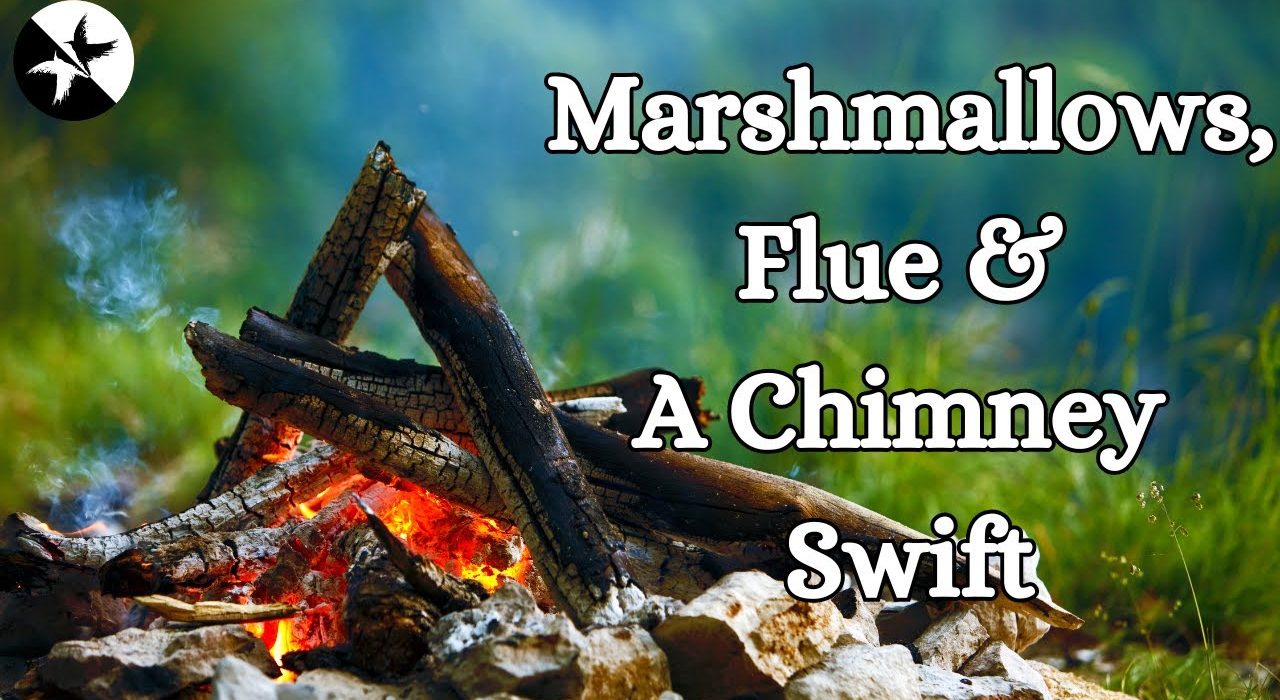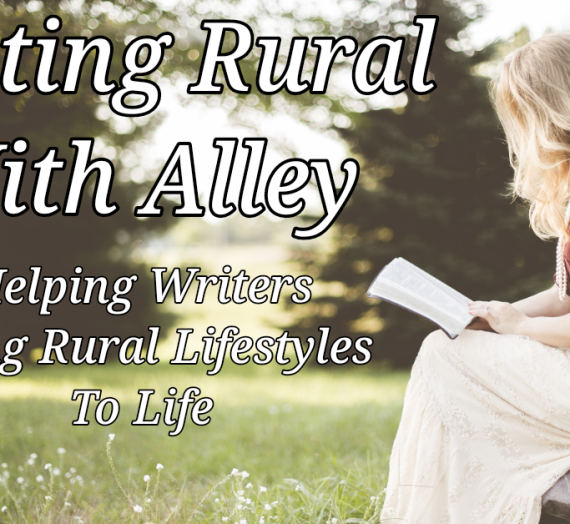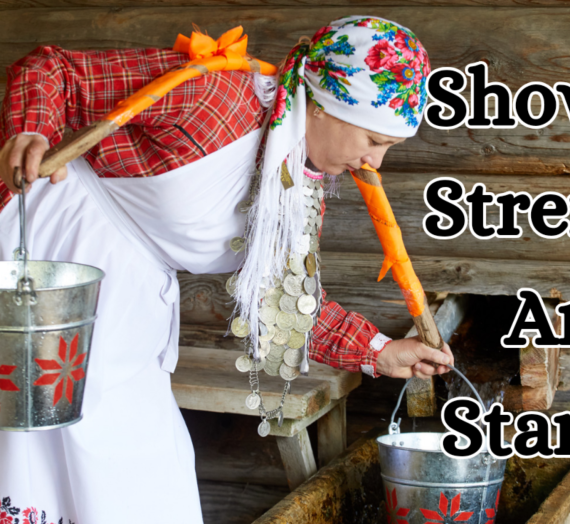Want to learn what your character needs for making a fire? Would you like to learn some new words that could potentially whittle down your word count in editing? Do you know what a flue is, and why it is important to all fireplaces and woodstoves? What’s a chimney swift? Find out on this episode!
Welcome to Writing Rural with Alley, the fiction writer’s weekly inspiration station for rural life and lifestyles, from historical to post-apocalyptic, helping you bring your rural stories to life! I’m Alley, and this is episode #69, Fire Starting 101. Stick around to the end to find out all the ways things could possibly go wrong. Now, let’s get into this.
Fire has been at the core of everyday life since caveman times. Modern technology has rendered it not as needed in many ways, but most people in rural places still use it as an alternative heating and cooking method. After an apocalypse, fire will likely take a much bigger role in everyday life. Some of the things fire is used for is heating, cooking, tanning hides, preserving meat, baking, light, smelting, forging, incinerating waste or trash, cremation, clearing off land for agricultural purposes, signaling for help, making herbal medicines, making weapons, destruction, capital punishment, making drinks, making waterproofing coating, camp fires, roasting marshmallows, and so much more!
Fire has a huge place in everyday human life, and our stories should reflect this. Part of that is knowing what each thing is called, so we don’t have to use 89 words to describe something that could be described in less than three words. Ok results may vary in how many words you can whittle off depending on what you are rephrasing, or just rewriting. I do that too much sometimes.
Let’s start off with some of the basics for starting a fire from scratch, a birds nest. No, not the kind for feathery critters, although it will look similar. In this case, a birds nest is roughly a soft ball sized group of bone dry grass, tooth pick or smaller sized twigs, pine needles, dead leaves, and things of this nature. This will be the thing an ember is placed into because it is so easy to catch on fire, and because of its size will make starting a fire fairly easy.
Which brings us to our next term, embers. Embers are glowing red hot, or smoldering items placed within the birds nest to produce the heat needed to light the nest on fire. They can be hot pieces of cork wood, charred cloth, leaves, or more modern cotton balls, and more.
Embers are made one of three ways. The first is with friction. These would be things like a bow drill, fire plow, hand drill, pump drill, fire piston, and a few more. Another way is with a spark. This will include farro rods, flint and steal, or more modern ones like batteries. The last way is heat magnification, or a focus fire. These methods are using something to reflect the sun’s rays in such a way that they focus on a single spot and this makes it hot enough to make an ember. This includes magnifying glasses, pop cans and chocolate, and clear bags filled with water. Yes, you heard that right.
Now once the ember is placed in the birds nest, the nest is wrapped slightly around it, and the person will blow on the ember in the birds nest to start the fire. This gets the ember hot enough. It lights the material around it on fire and you have flames. Now, keep in mind this is a bit of a learned skill. It’s not hard, but will be learned with a little trial and error.
Blowing too hard will blow out the flames as soon as they are made. We are not trying to take out the big bad wolf or the piggies. Blowing too softly is also not helpful. Too soft is anything that would not make a candle flame move at four to six inches from the mouth. The blowing will happen somewhere around the same level as blowing out a candle. Ok, not the violent blowing you see a ten-year-old do, but when grandma wants to blow out her candles one at a time to make sure you can count that high.
One more thing for this. There is the term tender for starting a fire in the place of a birds nest. This is normally done, then there is a flame to light the tender. This could be a match, a lighter, or something like that. Tender is little twigs or hard dry grasses (Similar to straw) that are about the size of a led in a number two pencil. They are normally about the length between your pinky and thumb when you spread your fingers out. A bundle that fits nicely in a circle made by your hands is how much they need.
After comes the kindling. This is a lot of smaller stuff to help your fire get bigger. When I was a girl scout, we were thought that kindling was the size of your thumb and as long as your middle finger to your elbow. You wanted about an arm full. However, practically, we gathered a bunch of smaller around sticks and twigs, and broke them into the size we wanted. We also raked up all the bark that came off when we chopped wood and saved that for kindling in the winter.
Now fires are built up by adding the next size up onto the fire until you can light logs on fire, so next is what the scouts called fuel. It’s what we called the bigger sticks. These were around the size of your wrist. At this point, you want to decide on the length of the sticks because this will determine how long and wide your fire will be. Most are around 18 inches or 45.72 cm. No one literally measures this, so that is a general estimate. Keep in mind that if your character is using a fireplace or wood stove, they will only have so many inches that will fit before they have to break it into pieces.
Next on the size list are logs! These are normally cut into halves, thirds, or quarter depending on how large the tree was. Trees that are very large will be chopped into more pieces. After these are on fire, as long as your character will keep adding more logs before they have only a few coals from the other logs left, they will not have to restart the fire.
On that same note, they might have to restart the fire from only a few coals in the morning or if they have been gone for long periods of time. This is done by adding kindling to the coals, and working their way back up to logs.
A good way to avoid this is to add overnighters to the fire. These are larger logs that have not been chopped. Stumps, logs with many knots, and hard wood are the most common. These tend to burn slower and extend the fire a bit longer, so hopefully there are plenty of embers left in the morning.
Another important term is air flow. Fire needs air. Without air, a fire will go out. So making sure the fire gets enough is important. With a fireplace, wood stove, or anything that uses a chimney, this is done with a flue. A flue is a round disk that turns inside the chimney. If it is turned to a horizontal flat position, this is called a closed flue. That means it is blocking the chimney and there is no air flow. The house will likely be backing up with smoke. If the flue is in a vertical upright position, then it is called an open flue, or a fully open flue. This will let the fire burn quickly.
Most people keep the flue somewhere in the middle of these two. However, they will likely have the flue in the fully open position while starting the fire. When they are sleeping for the night and trying to have the fire burn slower, it is kept in a mostly closed position. This also helps retain more heat.
Now, if your character is outside, and it is windy, they might need to build a wind break. This historically was done by building a wood wall with tall stakes in the ground that long sticks were stacked between to block the wind. If this is a place they use often and do not plan to move, they could choose to make a dirt mount instead, or even use bricks or other masonry.
Other outside terms include a fire pit. That is literally a pit they dug to place a fire in. A fire ring, where they use rocks to build a ring around the fire. Clearing the area means to remove any sticks, dead or dry plants, and all dead leaves out of the area of the fire. at least three feet on all sides of the fire. This is because if any embers pop out of the fire, there will be nothing for them to catch on fire and risk a forest fire.
A fire starter in modern times means something that is easy to light on fire and will stay on fire long enough to catch kindling on fire. This can be bought at many stores. It can also be home made with cotton balls, lent, wool, cardboard, sawdust, and more.
Extended fire starters means they added something to make the fire on these starters last longer. This can be a wax kerosene mix, petroleum jelly, pine sap, saw dust and wax or, if you want to smell good, pine needles and wax. There are many more, but this gives you a starting point. These can be bought at the store or made at home.
And last, but definitely not least, is wet and dry wood. The water content inside of wood will determine how hard or easy it is to light on fire. Wet wood, meaning the amount of water inside of the wood, is at best difficult to start and stay burning and, at worst, impossible. freshly cut wood is most often what is referred to as wet wood. Dry wood, on the other hand, has had time to (Did you guess it?) time to dry out! This normally means the minimum of one year since it was first cut down.
Fun fact: According to the Smithsonian, in America, chimney fires due to birds nests can be traced all the way back to Plimoth Rock. This was due to a bird called the chimney swift. A small bird that got its name from roosting in chimneys.
What could possibly go wrong?
Before we get to the best part, if you enjoy this podcast, I hope you’ll take a minute to follow, rate, and review on your favorite podcasting platform. And if you are listening on YouTube, subscribe, hit the like button, and drop me a comment; I love to hear from you and answer questions! Don’t forget to share with a friend. As always, you can find episode show notes and helpful links to learn more on my website, alleyhart.com. Now for everyone’s favorite part!
Likely to go wrong: Your character didn’t put enough logs on the fire, and in the night, the fire dies out.
Likely to go wrong: Your character is moving an ember from a bow drill to the birds nest. In the time it takes to move it, the ember goes out.
Likely to go wrong: Your character is new to fire making and they add too many things and do not leave enough air flow. They accidentally put the fire out.
Possible to go wrong: Your character rubs petroleum jelly on a cotton ball to make the time it is on fire extend. However, they do not get the jelly off their finger and risk catching themself on fire when they strike the match.
Possible to go wrong: Your character starts that year’s first fire in their fireplace. However, they didn’t know that a bird had built a nest in the chimney. The heat of the fire catches the nest on fire resulting in a house fire.
Possible to go wrong: Your character is making a fire from scratch. When their young child hears that they are going to use a bird’s nest, they become very angry, thinking that it is a real bird’s nest. They refuse to listen to the explanation of what it actually is, and think the person is a baby bird killer.
Unlikely to go wrong: Your character’s flue breaks and gets stuck in the open position. This causes them to burn through wood very quickly.
Unlikely to go wrong: Your character is splitting logs in half. They swing at one, and miss. The ax swings down and into their leg.
Unlikely to go wrong: Your character did not know to clear the area around the campfire to remove anything that is easy to catch on fire. When the fire is going well, it catches some dead leaves on fire and leads to a forest fire.
Improbable but still technically in the realm of possibilities: Your character’s flue breaks and is stuck in the closed position. With nowhere for the smoke to go, it fills the house.
Improbable but still technically in the realm of possibilities: Your character gathers kindling, such as twigs, bark, and dead leaves and stores them in a large bucket to use during the winter to start fires in their wood stove. However, they didn’t know some of the leaves were damp. When they go to use them that winter, they find everything in the bottom of the bucket has molded.
Thanks for listening! Until next time, happy wordsmithing.
Helpful Links to Learn More:



